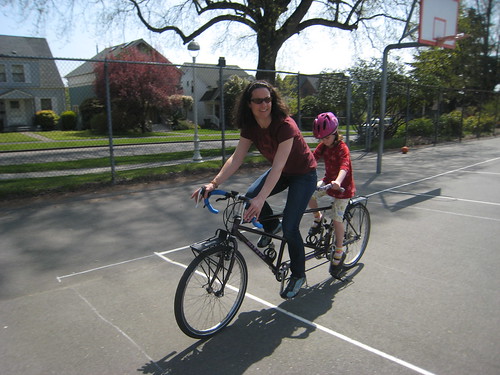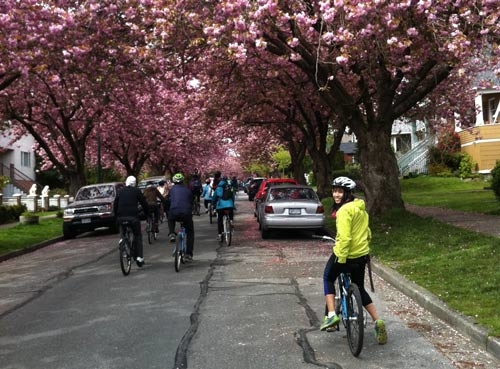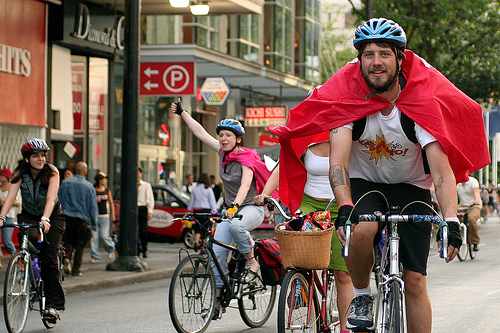Better education through urban planning
 Photo by carfreedays via Flickr
Photo by carfreedays via FlickrI’m not all that surprised to learn that the results of a study shows gym class helps kids read better.
At the end of the article, after pointing out that the school studied has a lot of financial support available, Dwyer asks, “If getting in some exercise before starting school really does boost academic performance, what would it take to have fitness facilities like Naperville’s in high schools labeled as dropout factories?”
I don’t think it’s necessary to have fitness facilities — not expensive ones at least — if the students have adequate PE class that is fair and engaging and can travel to school by foot, bicycle, skateboard, etc. instead of in a vehicle. It’s probably fair to assume most of the cities and towns don’t have safe cycling infrastructure, and some may not have safe pedestrian infrastructure either. If students’ academic performance can be shown to be positively affected by excellent transportation infrastructure, the money available for their improvement in school broadens outside of education. The benefits of an emphasis on active transportation last into the future and promote good health, cleaner air and stronger communities. The economic benefits of active transportation and higher-achieving students make a solid case for cities to invest in cycling, walking and other self-propelled modes.
More reading:
- David Suzuki: Making cities more livable may save the world
- Businesses see bike lane benefits
- GOOD: Get fit at work: exercise bikes replace office chairs
- GOOD: Mayors lend a hand to create healthier cities
 This daily green blog challenge is in celebration of David Suzuki’s 75th birthday, supporting the David Suzuki Foundation. Please help me out by sponsoring me online now.
This daily green blog challenge is in celebration of David Suzuki’s 75th birthday, supporting the David Suzuki Foundation. Please help me out by sponsoring me online now.
Note: I am writing solely on my own behalf, and do not claim to represent the David Suzuki Foundation or its views here.


